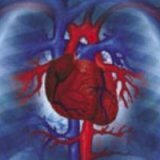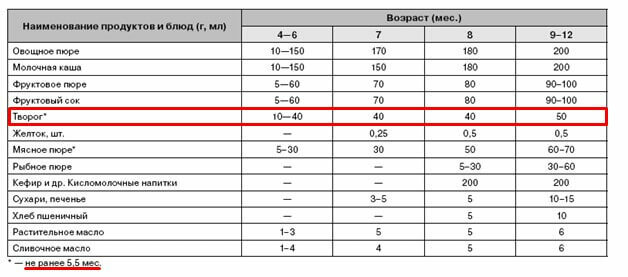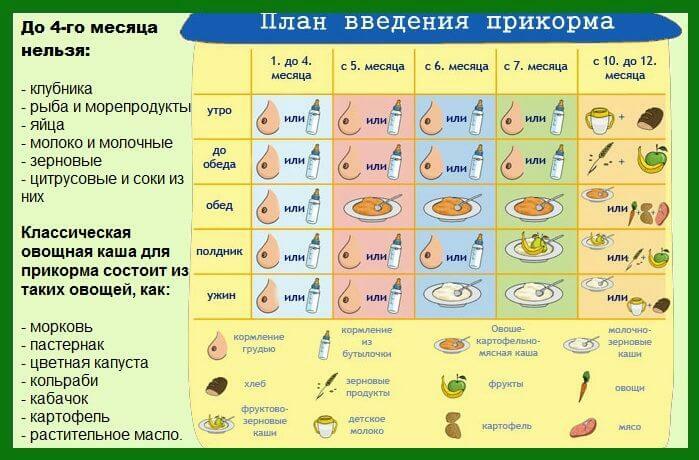Sinus arrhythmia in children

Arrhythmia is a serious heart disease that affects the rhythm, the sequence of contractions and the heart beat frequency. One of which is a sharp sinus arrhythmia in children. Called arrhythmia violation of heart contractility. Such violations usually include: alternating pulse - with this violation, there is an alternation of large and small pulse waves;Paradoxical pulse - when you inhale, the number of heart beats decreases, and when you exhale, it increases.
Also paradoxical pulse is often referred to as respiratory sinus arrhythmia. To reveal this disease it is possible by means of electrocardiography from the first minutes of a child's life. If the sinus arrhythmia is clearly pronounced, then in the future it can lead to serious consequences. From what it follows that with sinus arrhythmia of the heart in children may not develop well the circulatory system. If other types of arrhythmia were identified, it all depends on how the disease develops. In most cases, arrhythmia in children passes with time itself.
Sinus arrhythmia can persist for several years. To avoid any trouble with the health of the child, it is enough only to reduce the intensity of physical exertion. In case of unfavorable development of the disease, a course of drugs can be prescribed, which will need to be injected intravenously. Such drugs are: quinidine, novocainamide, atropine, adrenaline or a solution of potassium chloride.
Although this is not a very common disease, but in its importance to the body it is the most negative. And all because arrhythmia affects the most important organ of our body - the heart. All newly born children are checked for heart disease. The development of the disease is suppressed at the root - they carry out various operations, prescribe special courses of treatment.
Arrhythmia in children: treatment of
In the detection of sinus tachycardia, children's respiratory arrhythmia or with rare extrasystoles in fairly healthy children, one can limit oneself to reducing physical exertion during the day. To a sick child, sinus arrhythmia is administered intravenously and subcutaneously atropine. And with frequent extrasystoles, novocainomide( 0.25 g to 4 times a day) or hunidine( from 0. 1 to. 2 g four times a day) is injected.
Arrhythmia in children, with conduction disorders, is treated by the appointment of a doctor atropine or adrenaline. When fluttering or fibrillation of the atria used drugs: quinidine, 10% solution of potassium chloride, novocainamide. However, attention should also be paid to the treatment of the underlying disease.
Prevention of sinus arrhythmia
Maintaining a healthy lifestyle is a major part of therapy for arrhythmia. A healthy lifestyle means:
- compliance with the diet. Nutrition for this form of the disease should be based on non-fatty foods and mainly plant foods. It is important to eat small meals and not eat at night.
- exercise. Physical stress should be moderate, there should not be fatigue. It is best to do morning exercises, walk in the fresh air and go swimming.
- relieve emotional tension. Do not worry and be calm. Do not get into stressful situations.



